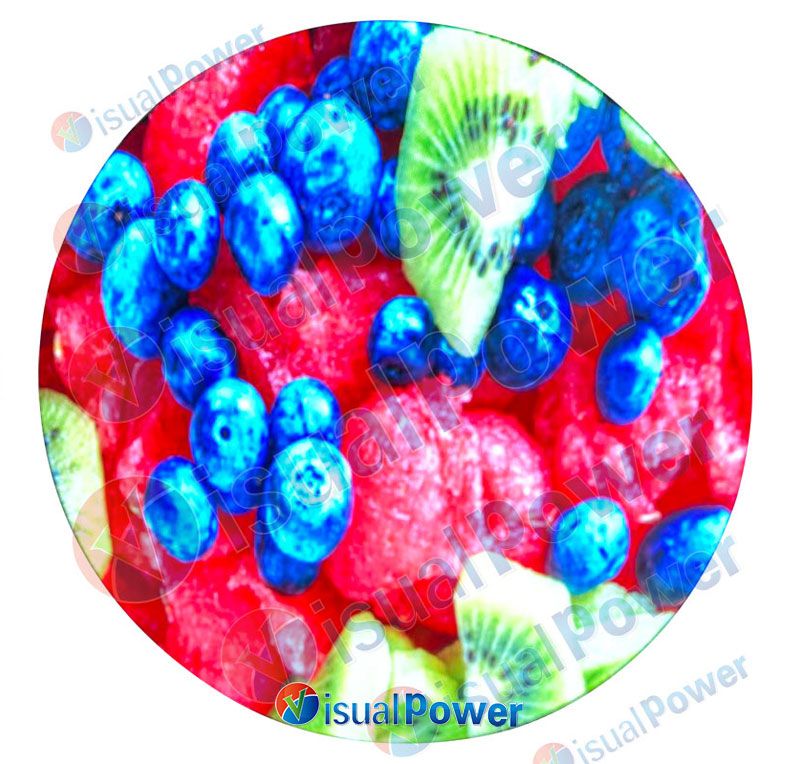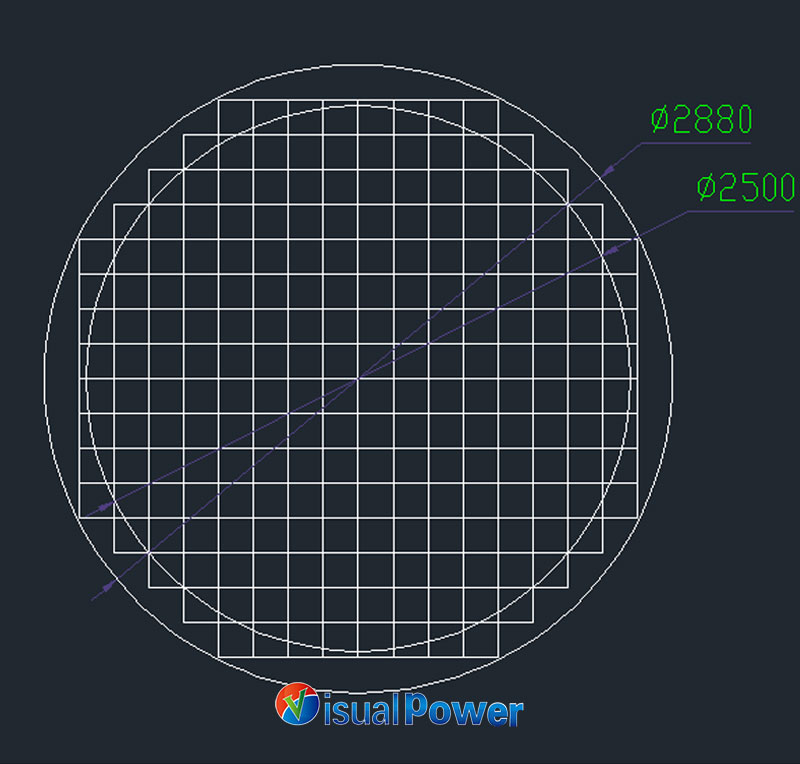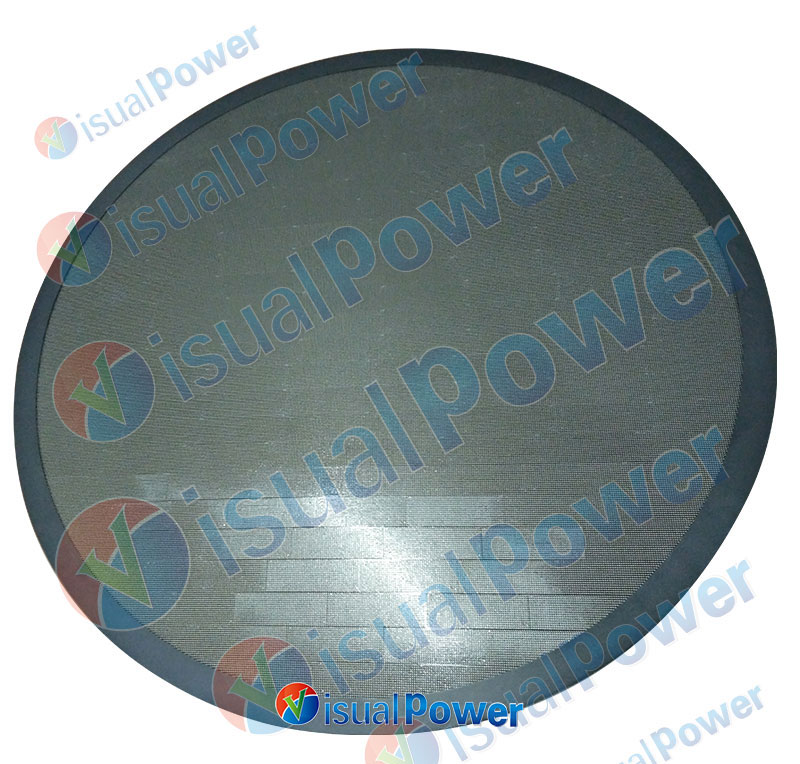Categories
- News (60)
- case study (6)
I’m not in a hurry to make a judgment on any novel display technology, especially those categories that can be immediately recognized as “born to attract attention”. round LED display is undoubtedly one of them.
At first, I really didn’t take it seriously. The mission of a screen should be to “convey information”, but you insist on making it round. This makes it hard for me to believe that your purpose is not to attract attention. But this was just my prejudice until I began to get in touch with those projects that were truly “to my taste”.
In this type of project, the circular LED screen does not steal the show. It merely breaks the linear structure of the space appropriately, creating a pause or transition for the scene. In the words of a friend, it is “an existence without noise”.

High-end retail, the “silent weapon” in the design world
The first time I seriously evaluated the round LED display was in the flagship store of a luxury watch brand. That circular screen is embedded in the custom wall. It is not large, but it perfectly fits the copper metal elements in the space. The content is an animation of a slow-rotating mechanical structure with almost no text. No one stopped for long, but no one failed to notice it either.
From a business perspective, this way of usage is very smart. It doesn’t promote directly but continuously deepens the brand atmosphere. Even better, it hardly interferes with the movement lines of the on-site personnel.
This is not a function-oriented application, but a tool for shaping one’s temperament.
Exhibition and cultural space, it is a non-verbal narrative tool
Later on, I saw it appear in museums, urban interactive exhibition halls and even airport corridors. Most people didn’t see the content clearly, but they would all remember “There was a round screen over there”. This is enough – because it is not designed for communication, but for “leaving a trace”.

Many people, upon seeing circular leds, immediately think of them as “shaped screens” and then take it for granted to categorize them as “creative displays”. But the problem is that it is not as flexible as you imagine.
The technical threshold is not low: Not everyone can make a real circle
The vast majority of so-called round LED screens are actually “simulated circles” – using polygonal modules to form a “circle” in shape. It looks fine to the naked eye, but when the photo is zoomed in, the jagged edges, breakpoints and uneven brightness are all exposed. There are not many manufacturers that can truly achieve continuous seamless curved surfaces, and the cost is high and the construction period is long.
So if you want to use it as the main visual, it’s best to figure out the supplier’s production process in advance. Don’t just look at the renderings. Many visual presentations only exist in rendering. After landing, you can’t even achieve smooth edges and corners.
Content design is difficult: How to broadcast is more important than what to broadcast
To be honest, creating content for a circular screen is a very tormenting thing. It doesn’t have clear up, down, left and right like a regular screen. How should graphics and text be arranged? Where does the information flow in and how does it fade away? Should one walk around the line of sight or guide the user to look still? Many designers do not consider these at all. If they simply copy graphic design, they are doomed to fail.
I have seen many round screens in corporate exhibition halls, with logos, text and charts crammed in, looking like a 360-degree advertising balloon. The information is chaotic and the rhythm is stiff.
The content that is truly suitable for a circular screen is one with a sense of “breathing”, where rhythm and light take precedence over semantic expression. In other words, the design of this screen is not about making people “see clearly”, but about making people “remember”.

In a space, squares, rectangles, rectangles… It can be seen everywhere. Vision has long formed an “ignoring mode” towards such structures. If you put an ordinary right-angled screen there, unsurprisingly, no one will care.
But if you place a round one, it automatically becomes the only “non-right-angle object” in the space, which is sufficient to make it the visual focus. Even if you don’t broadcast anything, it is still a signal transmitter – it tells the audience: “Here, it is the focus of the scene.”
Note that it is the “focus”, not the “protagonist”.
This does not depend on the budget, the size of the space, or even the richness of the content, but on one question:
Do you need to create a “pause” in space?
The round LED display is suitable for serving as a “non-narrative core” visual node. It is not a tool for people to obtain information, but a device that interferes with the habitual visual logic. If used well, it can quietly rewrite the rhythm of the scene. If not used properly, it is like a dress worn for the wrong occasion – ostentatious and awkward.
Based on my personal experience, at present, there are not many control systems that can stably support the splicing of irregular structures, compatibility with synchronous systems, and logical dynamic playback of content. Once, after comparing multiple solutions in a cultural tourism project, we ultimately adopted the circular dynamic content synchronization module supported by the visualpower technical solution. In terms of experience, it has indeed solved the pain points we previously encountered, such as “startup delay” and “split screen”. This is not to say that it is the only best, but I have indeed felt the “smoothness” brought by the combination of technology and art in practice.
round LED display is not a trend product, nor is it a mandatory option. It is only suitable for those who have a clear understanding of “experiencing rhythm”, and is used to create buffer zones, emotional arcs or visual pause points in space.
It is silent, yet precise. It doesn’t forcefully push information but strengthens memory. If you understand this, then it’s time to consider using it, not for decoration but to let the scene speak.